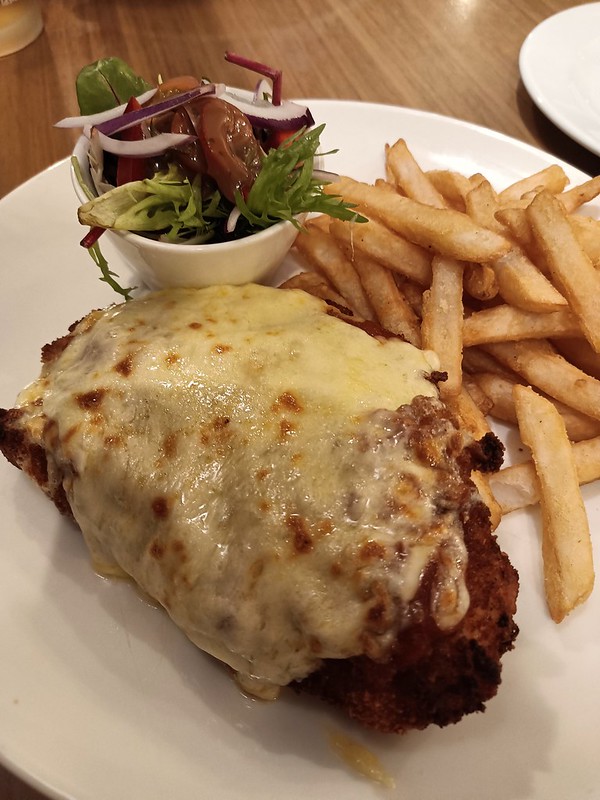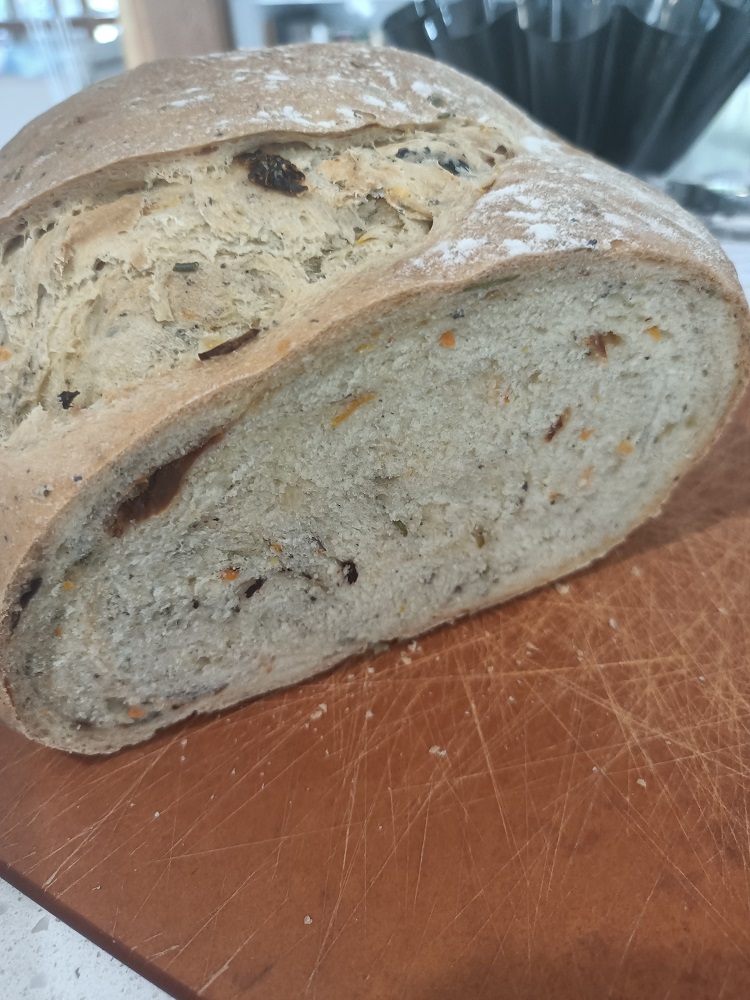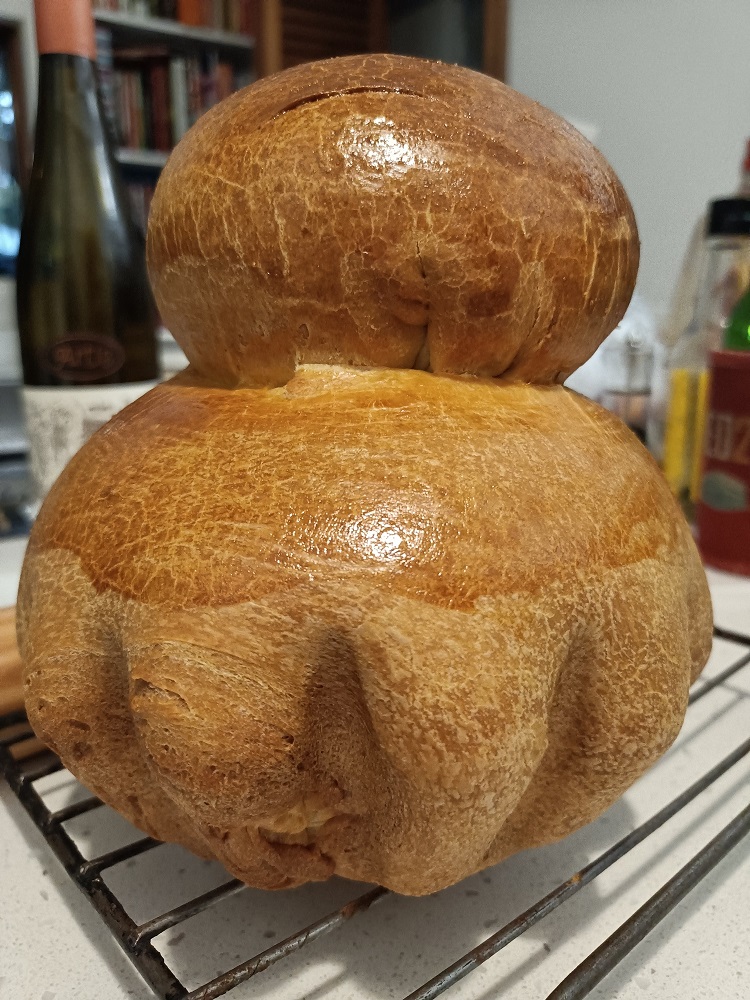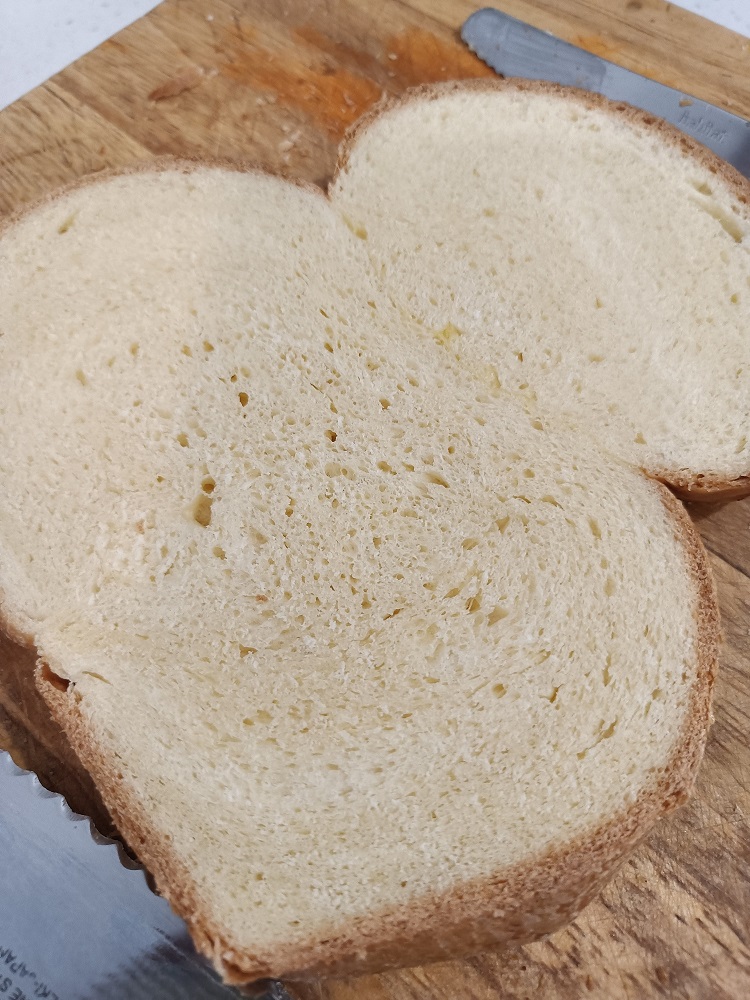# we paid for this meal
Date of Visit: Tuesday 20 September 2022
With the smallest member of the Eating Adelaide team away for a school trip, Andy and I got overly excited about the prospect of a week of eating out and generally whoopying it up. Due to other commitments, Monday night was a quiet night in and then due to sickness, so was the rest of the week … so our Tuesday night visit to the Morphett Arms Hotel was it!
We went through what seemed like a million dinner options before making our decision – as it was a wet and gloomy night we wanted something close by, we thought we should eat something the child doesn’t like (which left us with one option – pizza), we decided we didn’t want anything too fancy (because of all those ‘later in the week’ plans that didn’t come to fruition) and I, of course, wanted to try somewhere new. We also wanted a relatively early dinner which turned out to be a god-send as it forced us to make a decision.
Thus – the Morphett Arms. Now, we’d actually visited the Morphett Arms some time ago (2011, apparently) – and that visit had also been fraught with excitement (I’d thought I’d booked a different pub altogether) and WOW have things changed in the ten+ years since that visit. The hotel has had a refurb and has the sparkling look that, well, let’s face it, all suburban pubs have. Because it had changed so much, we wandered in to the lounge and had to be directed to the dining room (there is now also a fancy courtyard area) – it’s the absolute opposite of how it was 10 years ago.
No booking this time around but we were early and a table for two wasn’t a problem. Clearly, the staff were dealing with some exciting last minute changes for a large booking, with a lot of discussion on the phone about a table for a cake followed by a lot of reconfiguration of the seating in the dining room (as an aside – please, people – don’t do this – if you’ve got a large booking the venue wants to do the right thing by you and ensure you have a good time, while looking after other patrons – get everything lined up well in advance!). This means I’m not going to comment too much on service because it wouldn’t be fair to say anything negative. I will say the staff were all lovely, helpful and also very cheery!
Now – the crazy crazy toppings of 2011 have disappeared by the wayside (which is a shame – maybe consider bringing back a ‘crazy topping of the week’ or something!) so I went for a chicken parmi ($24+3 – slightly cheaper in the front bar) & Andy a beef schnitzel with gravy. Half schnitties are not an option here.
As you an see from the photo, the schnitzel was not on the chips (plus points!) and there was a nice, fresh salad (too much dressing, but I always think that). At first I worried that it could have done with a minute or two more under the grill, but it was very tasty – the schnitzel was thick and juicy, the crumb was crispy and the topping to meat ratio was good. The beef schnitzel with gravy was also received well.
While the wine list wasn’t overly exciting, the table talkers suggested some Eden Hall wines (I chose the Cabernet Franc – proof table-talkers work!), which were definitely a point of difference.
Instagram also promised ‘Spicy September’ but these dishes were only available in the Lounge Bar. Maybe this is where the option for the creative schnitzel topping comes in !
All in all – recommended, but make sure you go in the right door for the dining room!
Morphett Arms Hotel, 138 Morphett Road, Glengowrie, SA, 5044, ph: (08) 8295 8371.




